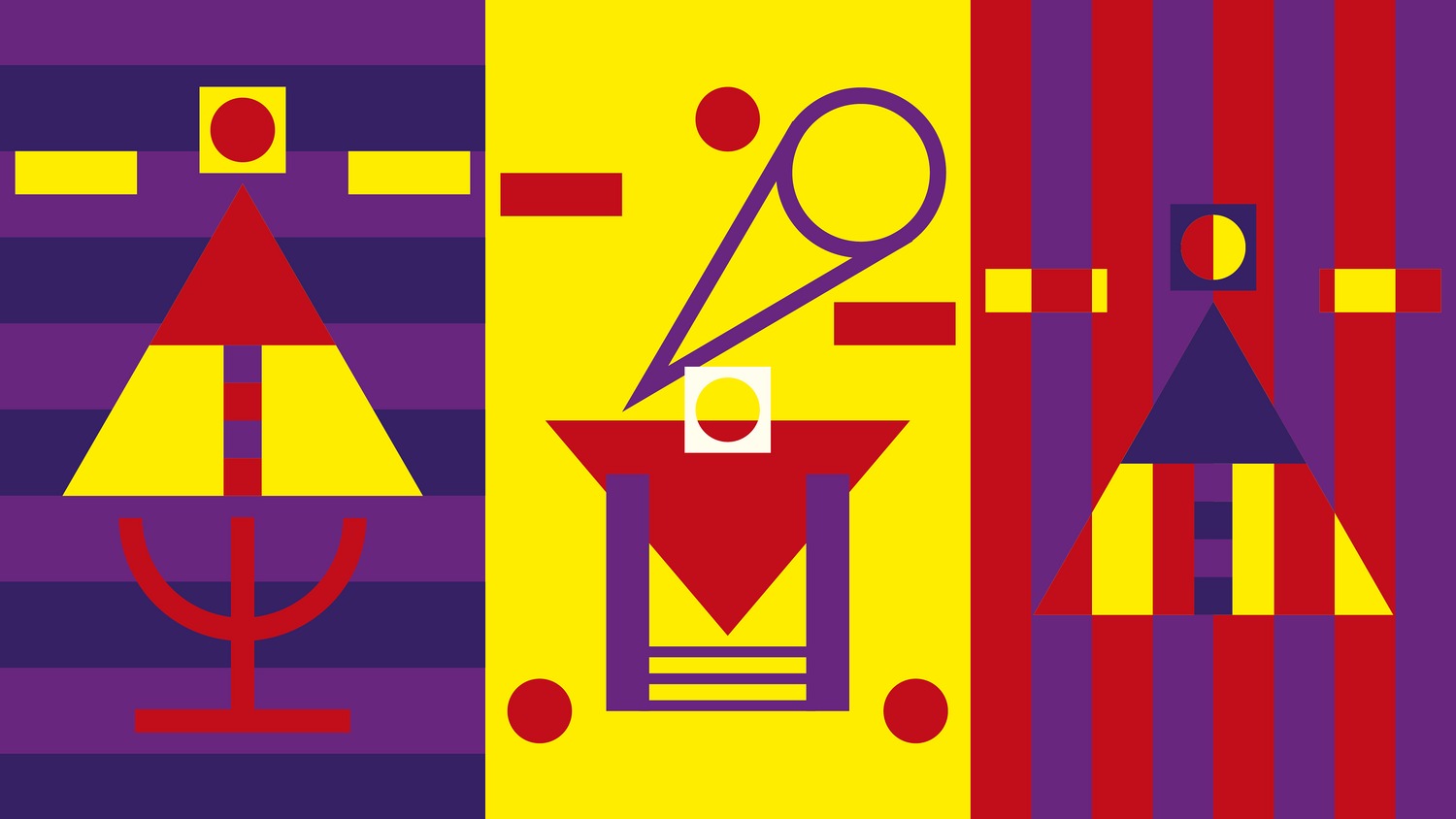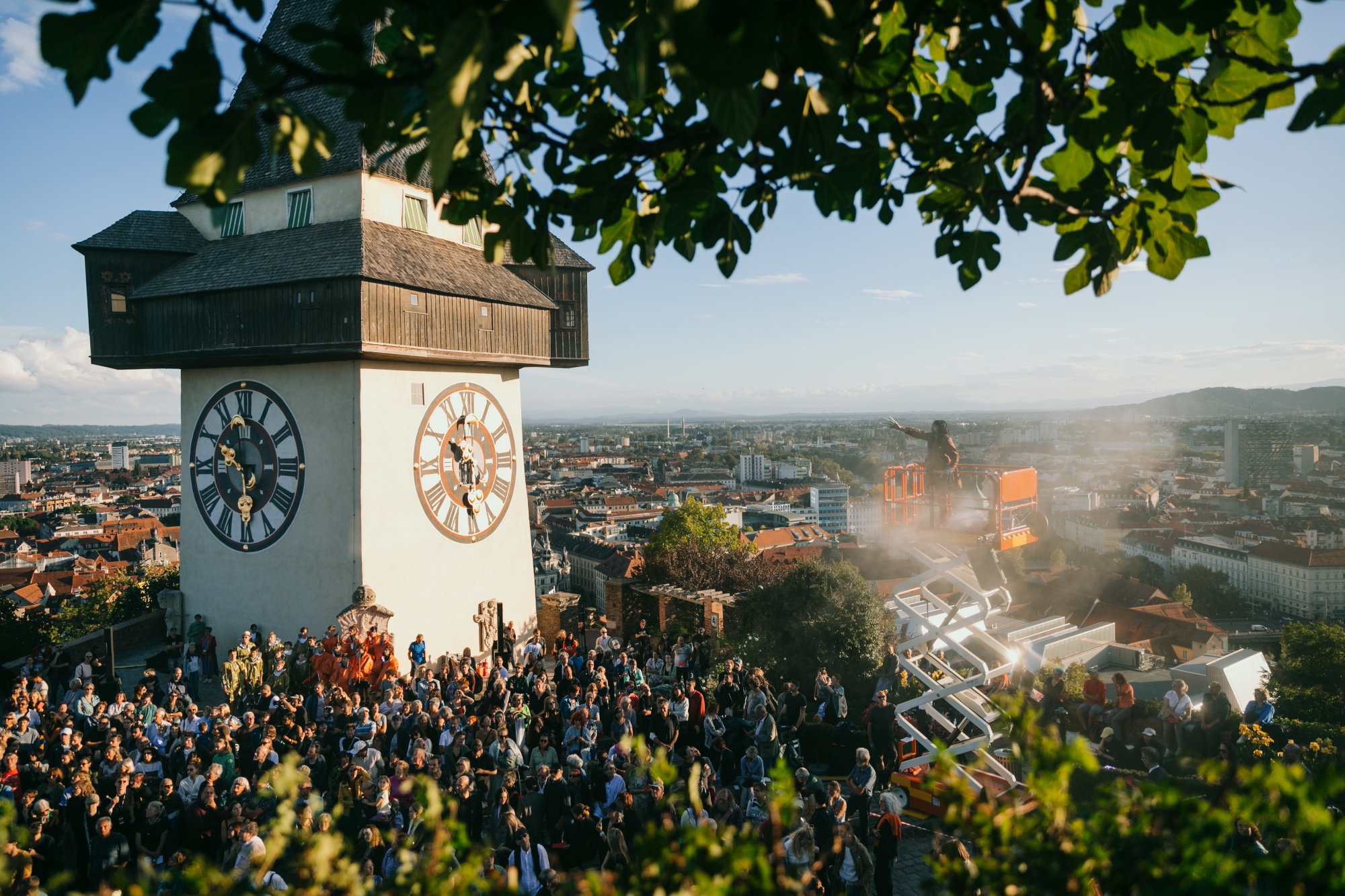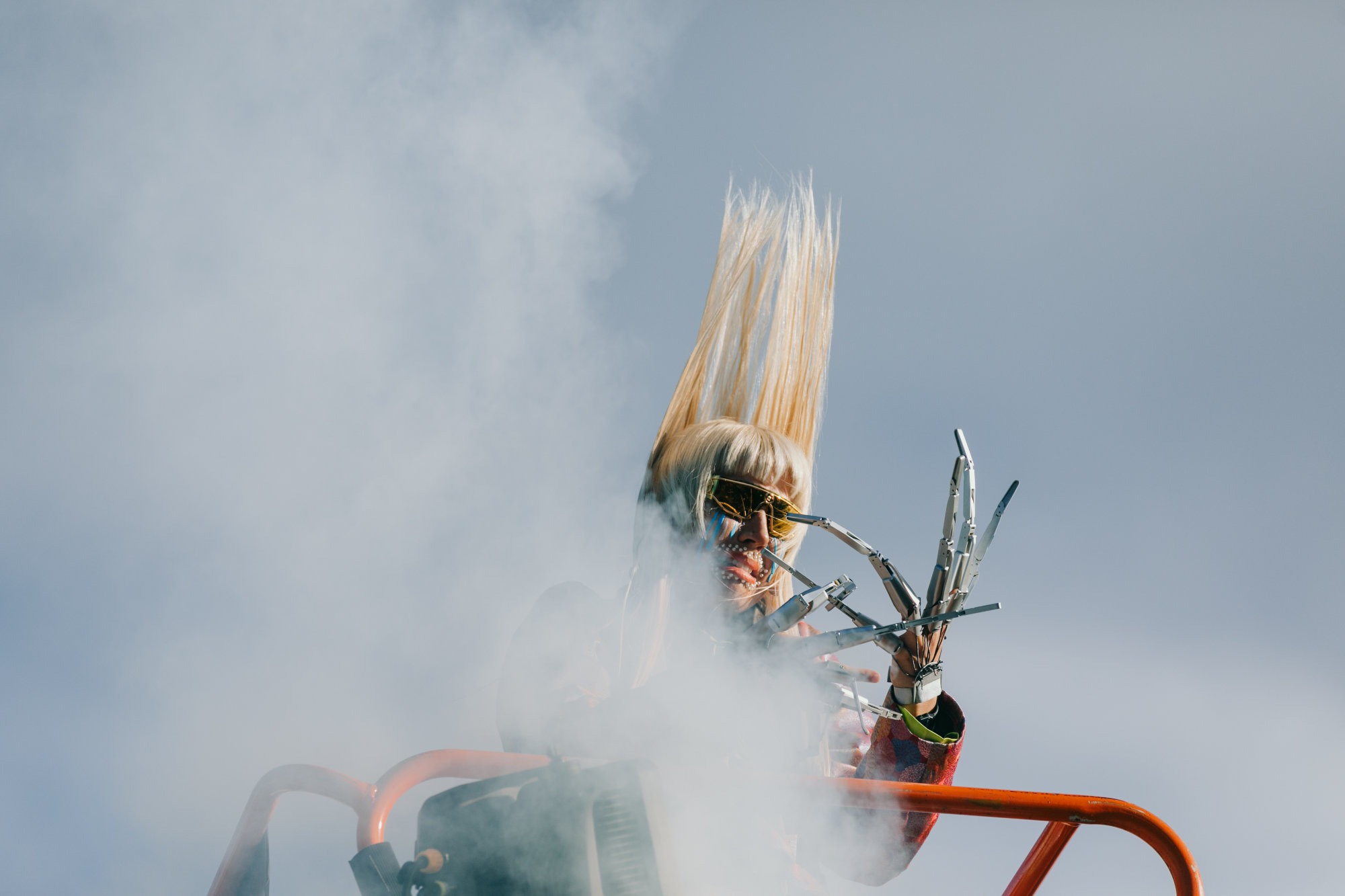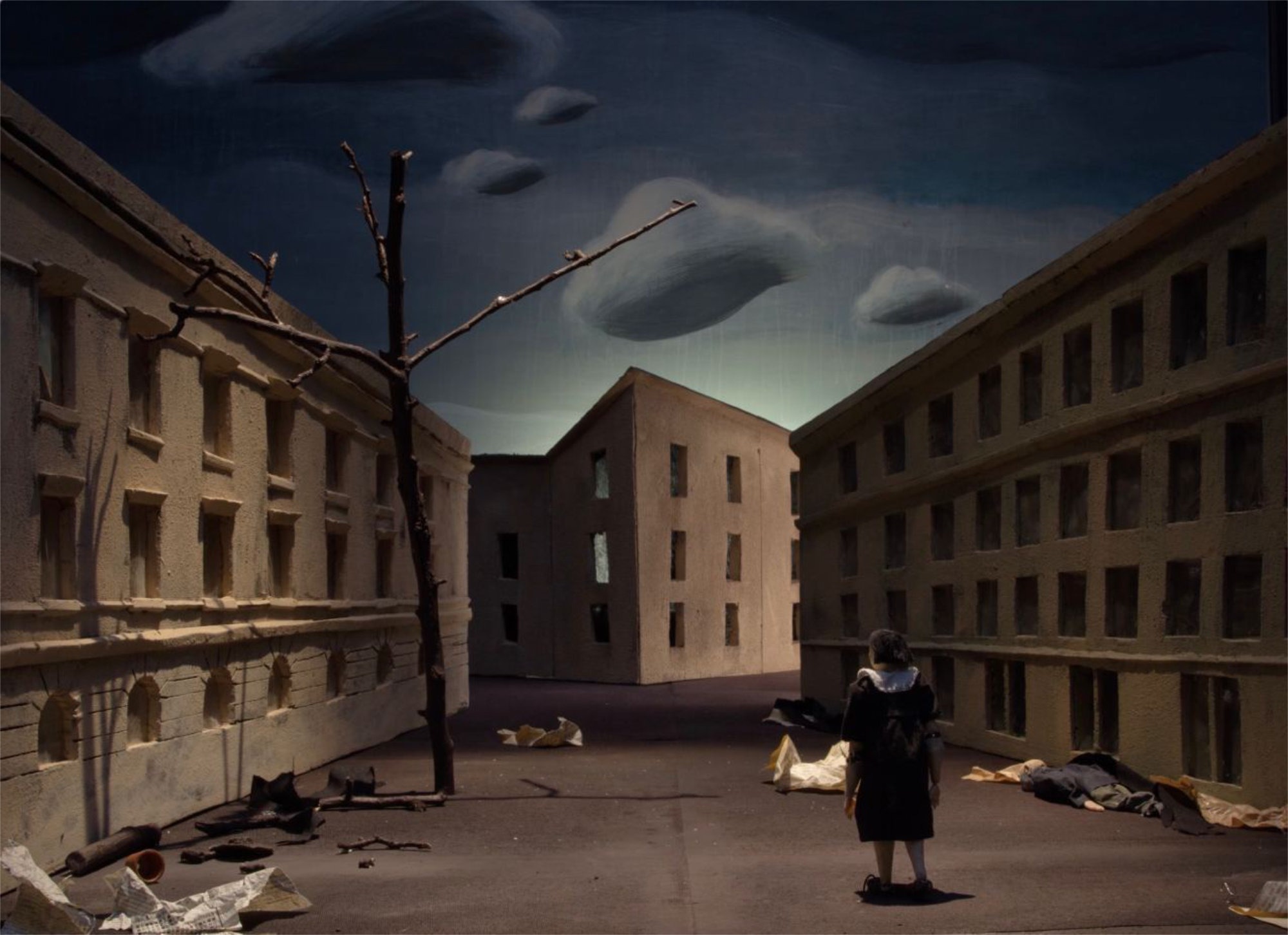Steirischer Herbst 2023
Humans and Demons
21 Sep - 15 Oct 2023
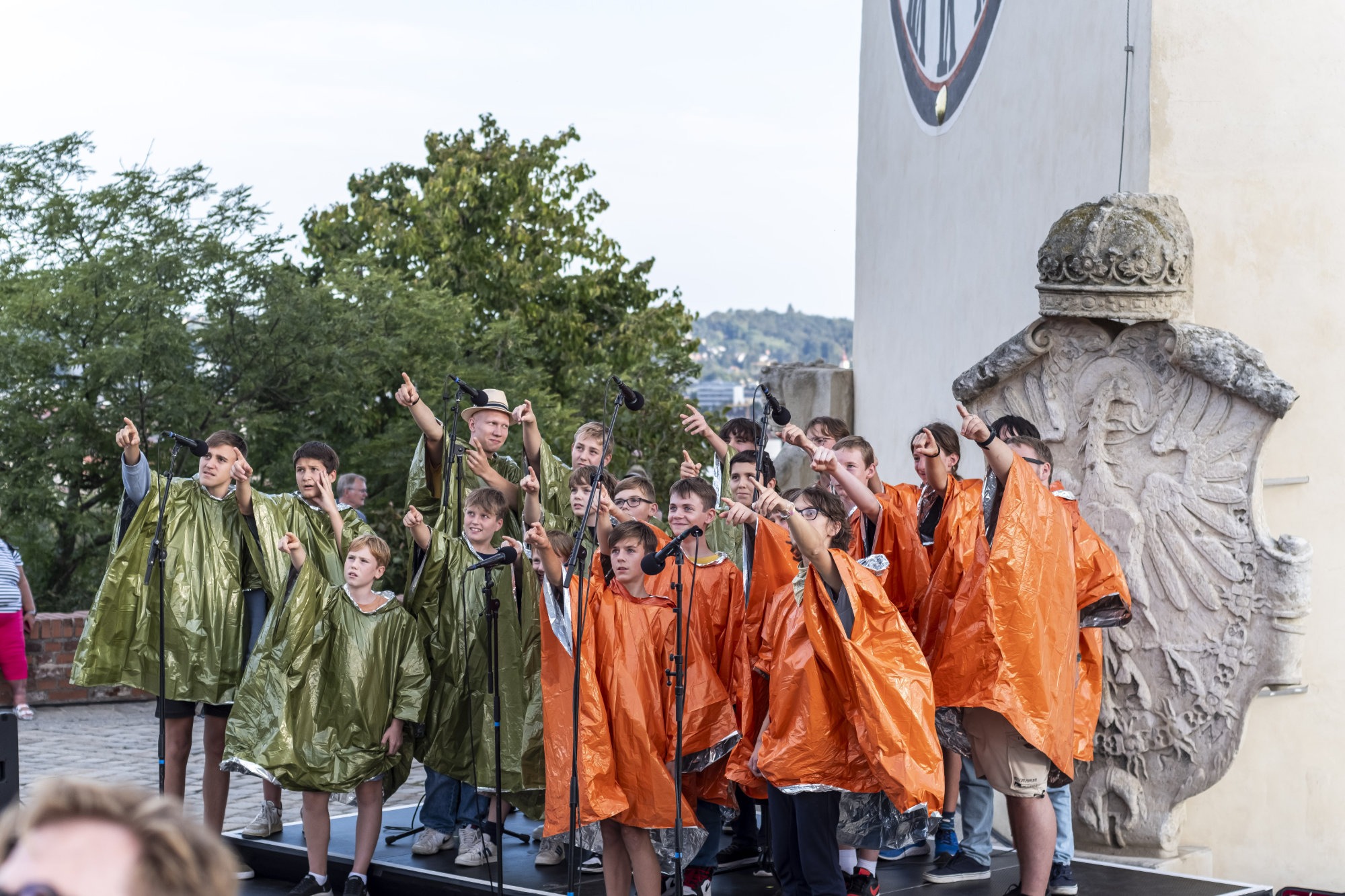
Lulu Obermayer, Agoraphobia (2023), performance (rehearsal), photo: steirischer herbst / Mathias Völzke

Villa Perpetuum Mobile, Forum Stadtpark, exhibition view, photo: steirischer herbst / kunst-dokumentation.com

Pedro Gómez-Egaña, The Believers (2019), installation view, photo: steirischer herbst / Mathias Völzke, courtesy of the artist
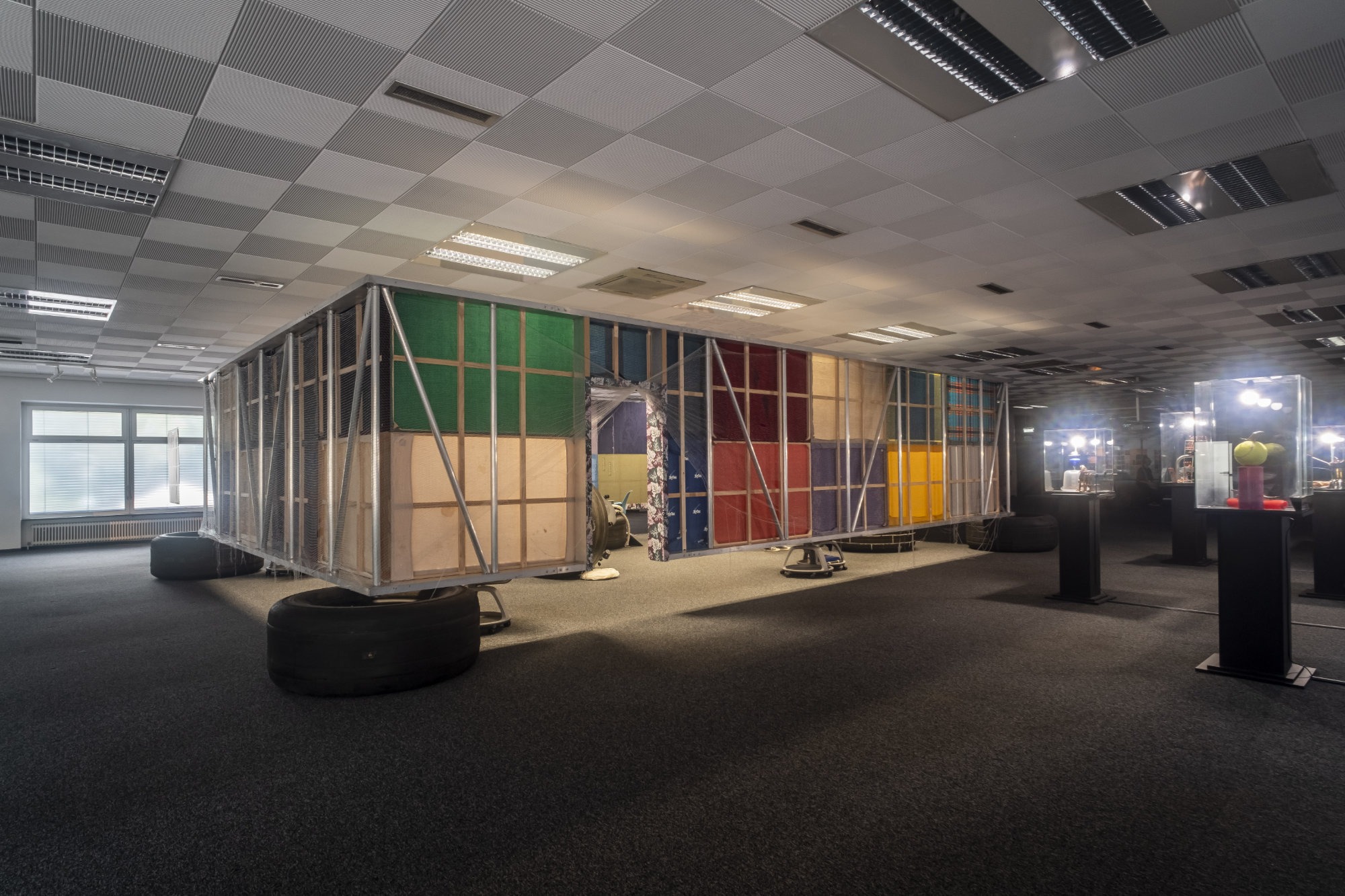
Michael Stevenson, Serene Velocity in Practice: MC510 Signs & Wonders (Prerequisite for CS183 How to Build the Future) (2017–23), installation view, photo: steirischer herbst / Mathias Völzke, courtesy of the artist, Michael Lett Gallery, Auckland, and Fine Arts, Sydney
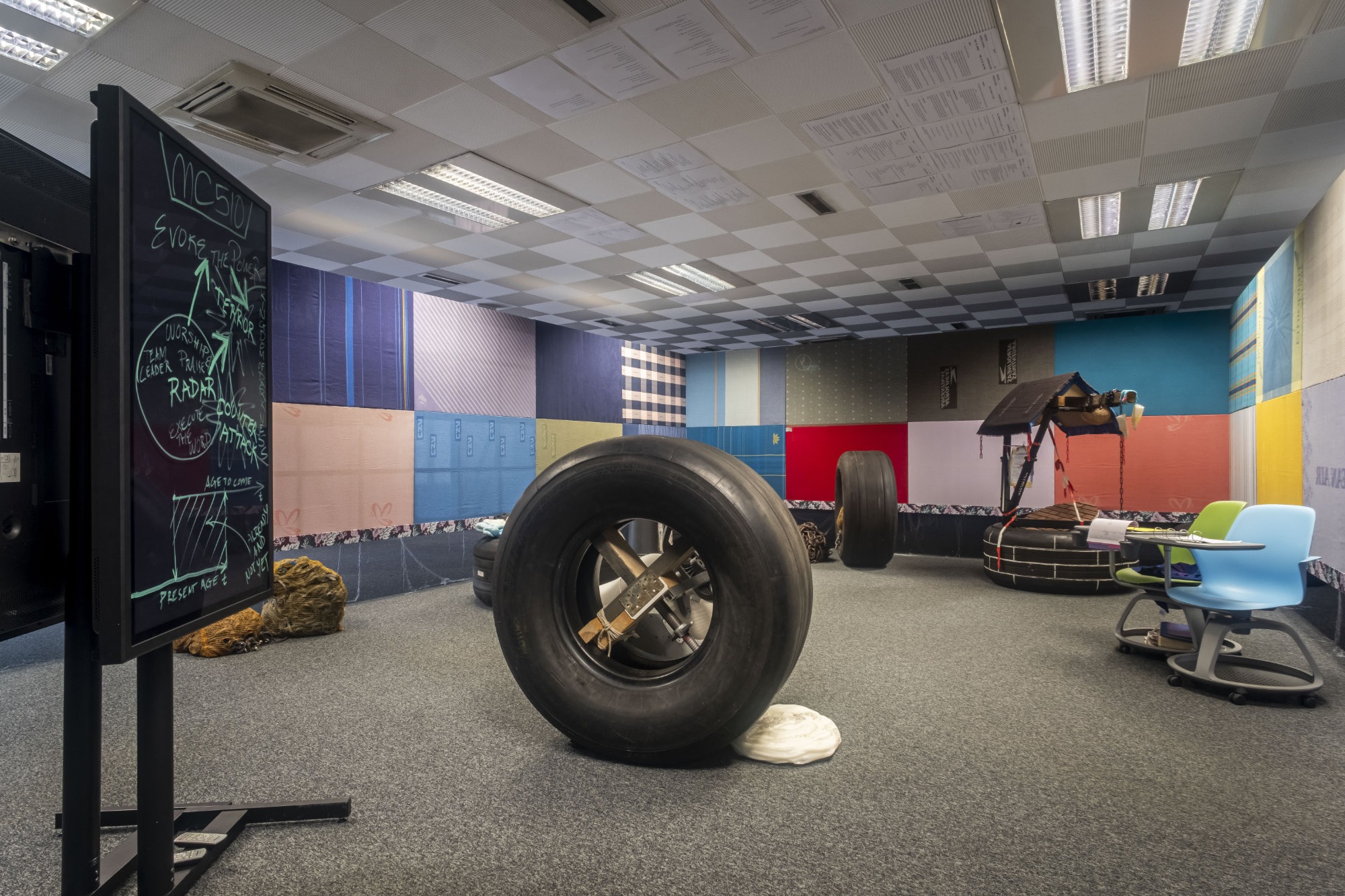
Michael Stevenson, Serene Velocity in Practice: MC510 Signs & Wonders (Prerequisite for CS183 How to Build the Future) (2017–23), installation view, photo: steirischer herbst / Mathias Völzke, courtesy of the artist, Michael Lett Gallery, Auckland, and Fine Arts, Sydney
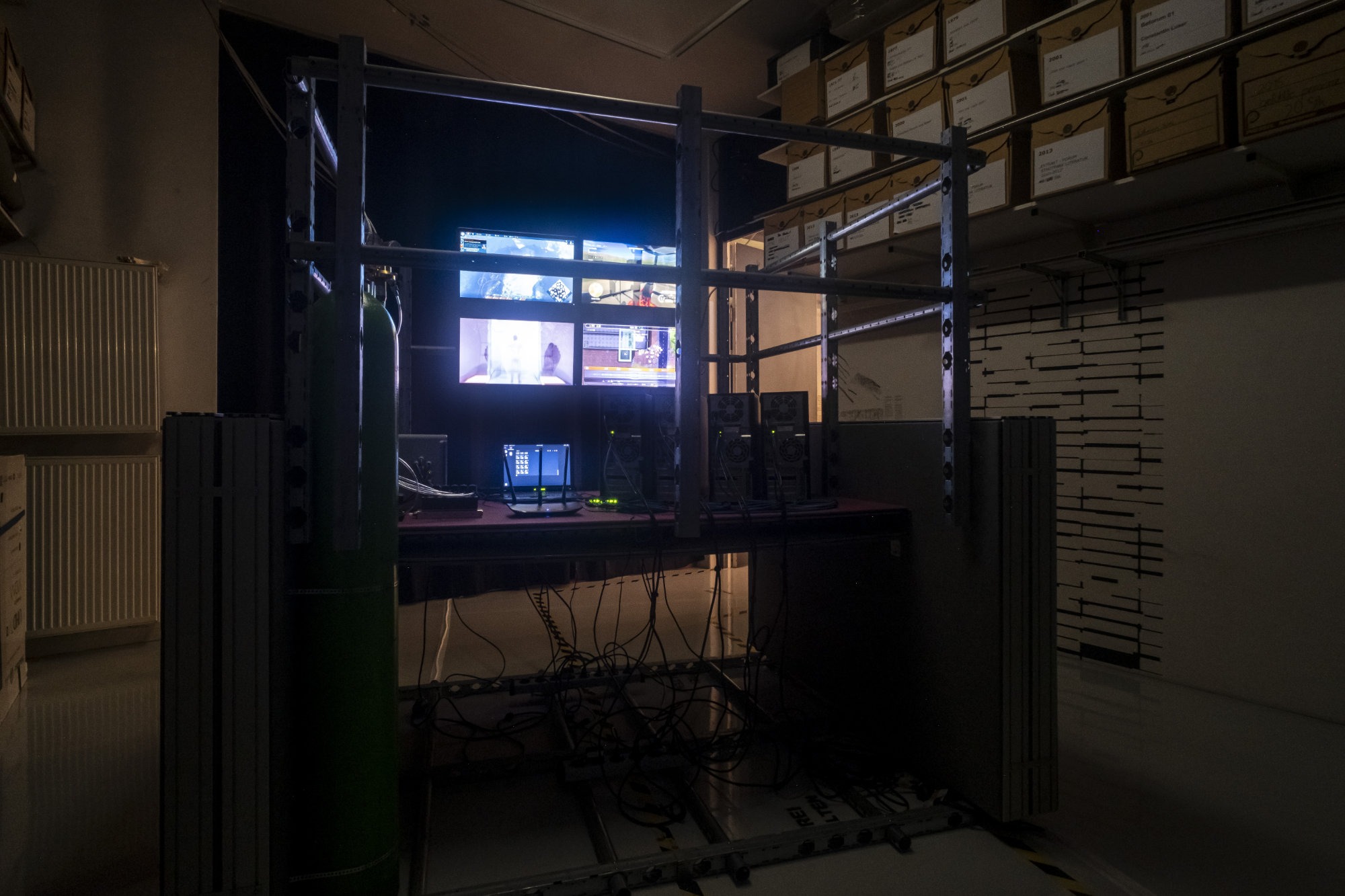
Michael Stevenson, Strategic-Level Spiritual Warfare (2014–23), installation view (detail), photo: steirischer herbst / Mathias Völzke, courtesy of the artist
Will Russia’s genocidal war in Ukraine last forever? Could another zoonotic virus lock us down? Might some malignant and singular AI replace humanity, or will climate change get to us first? There are no righteous universal solutions to prevent today’s polycrisis from further unfolding. Calls for peace might turn out to support inaction in the face of overwhelming force. Heartfelt pleas for an end to centuries of oppressive language might create little more than further euphemisms for unchanging inequality. Theoretical constructs or principled political positions that insist upon old divisions falter when faced with our unraveling, ominous world.
Much in the same way, there are no easy answers to the ethical quandaries that arise daily once times get truly tough. Survival might be impossible without entering a gray zone where the most violent and demonic qualities of humanity come to the fore—and where, at the same time, special arrangements can be entered and negotiations still be held even at deathʼs door, at a certain price. Such moral dilemmas are familiar from the 20th century and its barely forgotten, incompletely repressed episodes of political violence, whose lingering presence lies at the root of today’s most obvious catastrophes.
It was Primo Levi who offered the most complete description of them. His point was that survivors are neither morally immune nor immediately guilty. In the space between victim and perpetrator, Levi writes, “there exists a contagion of evil: the non-man dehumanizes others, every crime radiates outward, proliferates, corrupts consciences and surrounds itself with accomplices won over, through fear or seduction, from the opposing camp. It’s typical of a criminal regime, like Nazism, to weaken and confuse our capacity for judgment. Is he who denounces under torture guilty? Or he who kills in order not to be killed? Or the soldier on the Russian front who dares not desert? Where will we draw the line … that separates the weak from the wicked?”1
This quote from Primo Levi, like many others, resonates strongly with our time. Today, the kind of evil he experienced is back with a vengeance. A criminal regime like Vladimir Putin’s constantly attacks our capacity for judgment, creating and weaponizing ambiguity. Contagious and seductive, the ghost of repressed violence returns from the ruins of a previous modernity, as a memory triggered by the Russian assault on Ukraine. Yet evil also takes new forms; it might just be that its classic persona—transgressive, sadistic, reveling in destruction—is less harmful than obedience stemming from the desire for a demon-free world. This makes it all the more important to draw the line between the weak and the wicked in the complex gray zones real-life people negotiate, to show how they might face the demons and ghosts that surround them.
To do so, literature might be much more well-suited than classical expositions about what is right and wrong. The emergence of a story—as opposed to a topic or even position—implies a process with a goal but is, at the same time, all about the detours taken along the way, the many possible traps and compromises. Storytelling can capture nuances that the commentary of terminologically armed experts cannot. Contemporary art so often treats its issues as positions to be covered correctly, following a party line, preached to the choir, circulated as forms. Can storytelling provide an alternative?
Storytelling is counterpoised to abstract moralizing: at its very root, its point is to narrate the trajectory of all-too-human characters (neither angels nor demons) through conflicts and contact with contagious evils. In these journeys, there is no such thing as innocence. Tragedy can be random, survival can be absurd, and something funny can even be found in the depths of hell. Stories are neither told to relativize reality nor to render its problems fluid and ambiguous, to compare everything with everything. Audiences might be asked to suspend their disbelief, but they are never invited to suspend their judgment.
As if writing a multipart novel, the 2023 edition of steirischer herbst turns to character-based storytelling, building an animated world with a cast of unlikely, almost fairy-tale protagonists, real or fictitious. Neither heroes nor villains of major literary forms, they rather belong to a more minor, resistant literature. They are tricksterlike, flawed, resilient, and maybe also a little funny, resembling the roguish but charismatic protagonists of the picaresque novel—a prose form that emerged in 16th-century Europe before the novel (and its patrons, the bourgeoisie) fully came to power.
The picaresque’s earliest examples were anticlerical and sociocritical narratives whose quirky protagonists lived by their wits in a world gone wrong. The genre emerged in Spain after the Reconquista and contained elements of the ancient Roman novel, the Arabic literary genre of maqama, and Slavic folktales of vagabonds and prostitutes. It pointed the finger at the corruption of the Church and worldly authorities. But its heroes were no saints; rather, their Quixotic missions led them into a form of anti-heroism familiar in extremis as one of the more cheerfully defiant faces of survival and resistance, sometimes at a tragic price.
This form, emerging on the boundary between the Middle Ages and modernity and on the borders of Western, Southern, and Eastern Europe, is a realistic one in a setting where the ancien régime persists in many ways. The “good old days” continue to structure the symbolic topography of a city like Graz. Its highest points are the privileged hills and fortress castle, its lowest ones riverside marshes and drained swamps where unhealthy air and constant flooding once made for a short and miserable life. The town’s basic premodern structure is overwritten by the architecture and history of more recent epochs, some of them blissful and grand, when Austria was a major European power, others more ominous and openly violent. But the basic structure remains.
steirischer herbst ʼ23 adds another layer to this urban palimpsest. Its characters and artworks activate the demonic imaginary of a somehow still medieval setting, combined unevenly with the violence of modernity. Four locations of group exhibitions and a dense program of performances and discussions offer imaginative points from which to reassess the city and the world it contains—listening to its minor, eerie, sometimes strangely optimistic stories.
steirischer herbst ’23 is curated by Ekaterina Degot, David Riff, Pieternel Vermoortel, Gábor Thury, and Barbara Seyerl and created by all participating artists, speakers, partner institutions, and the festival’s whole team.
1* Primo Levi, foreword to The Night of the Girondists, by Jacques Presser, trans. Barrows Mussey (London: Harvill, 1992).
Much in the same way, there are no easy answers to the ethical quandaries that arise daily once times get truly tough. Survival might be impossible without entering a gray zone where the most violent and demonic qualities of humanity come to the fore—and where, at the same time, special arrangements can be entered and negotiations still be held even at deathʼs door, at a certain price. Such moral dilemmas are familiar from the 20th century and its barely forgotten, incompletely repressed episodes of political violence, whose lingering presence lies at the root of today’s most obvious catastrophes.
It was Primo Levi who offered the most complete description of them. His point was that survivors are neither morally immune nor immediately guilty. In the space between victim and perpetrator, Levi writes, “there exists a contagion of evil: the non-man dehumanizes others, every crime radiates outward, proliferates, corrupts consciences and surrounds itself with accomplices won over, through fear or seduction, from the opposing camp. It’s typical of a criminal regime, like Nazism, to weaken and confuse our capacity for judgment. Is he who denounces under torture guilty? Or he who kills in order not to be killed? Or the soldier on the Russian front who dares not desert? Where will we draw the line … that separates the weak from the wicked?”1
This quote from Primo Levi, like many others, resonates strongly with our time. Today, the kind of evil he experienced is back with a vengeance. A criminal regime like Vladimir Putin’s constantly attacks our capacity for judgment, creating and weaponizing ambiguity. Contagious and seductive, the ghost of repressed violence returns from the ruins of a previous modernity, as a memory triggered by the Russian assault on Ukraine. Yet evil also takes new forms; it might just be that its classic persona—transgressive, sadistic, reveling in destruction—is less harmful than obedience stemming from the desire for a demon-free world. This makes it all the more important to draw the line between the weak and the wicked in the complex gray zones real-life people negotiate, to show how they might face the demons and ghosts that surround them.
To do so, literature might be much more well-suited than classical expositions about what is right and wrong. The emergence of a story—as opposed to a topic or even position—implies a process with a goal but is, at the same time, all about the detours taken along the way, the many possible traps and compromises. Storytelling can capture nuances that the commentary of terminologically armed experts cannot. Contemporary art so often treats its issues as positions to be covered correctly, following a party line, preached to the choir, circulated as forms. Can storytelling provide an alternative?
Storytelling is counterpoised to abstract moralizing: at its very root, its point is to narrate the trajectory of all-too-human characters (neither angels nor demons) through conflicts and contact with contagious evils. In these journeys, there is no such thing as innocence. Tragedy can be random, survival can be absurd, and something funny can even be found in the depths of hell. Stories are neither told to relativize reality nor to render its problems fluid and ambiguous, to compare everything with everything. Audiences might be asked to suspend their disbelief, but they are never invited to suspend their judgment.
As if writing a multipart novel, the 2023 edition of steirischer herbst turns to character-based storytelling, building an animated world with a cast of unlikely, almost fairy-tale protagonists, real or fictitious. Neither heroes nor villains of major literary forms, they rather belong to a more minor, resistant literature. They are tricksterlike, flawed, resilient, and maybe also a little funny, resembling the roguish but charismatic protagonists of the picaresque novel—a prose form that emerged in 16th-century Europe before the novel (and its patrons, the bourgeoisie) fully came to power.
The picaresque’s earliest examples were anticlerical and sociocritical narratives whose quirky protagonists lived by their wits in a world gone wrong. The genre emerged in Spain after the Reconquista and contained elements of the ancient Roman novel, the Arabic literary genre of maqama, and Slavic folktales of vagabonds and prostitutes. It pointed the finger at the corruption of the Church and worldly authorities. But its heroes were no saints; rather, their Quixotic missions led them into a form of anti-heroism familiar in extremis as one of the more cheerfully defiant faces of survival and resistance, sometimes at a tragic price.
This form, emerging on the boundary between the Middle Ages and modernity and on the borders of Western, Southern, and Eastern Europe, is a realistic one in a setting where the ancien régime persists in many ways. The “good old days” continue to structure the symbolic topography of a city like Graz. Its highest points are the privileged hills and fortress castle, its lowest ones riverside marshes and drained swamps where unhealthy air and constant flooding once made for a short and miserable life. The town’s basic premodern structure is overwritten by the architecture and history of more recent epochs, some of them blissful and grand, when Austria was a major European power, others more ominous and openly violent. But the basic structure remains.
steirischer herbst ʼ23 adds another layer to this urban palimpsest. Its characters and artworks activate the demonic imaginary of a somehow still medieval setting, combined unevenly with the violence of modernity. Four locations of group exhibitions and a dense program of performances and discussions offer imaginative points from which to reassess the city and the world it contains—listening to its minor, eerie, sometimes strangely optimistic stories.
steirischer herbst ’23 is curated by Ekaterina Degot, David Riff, Pieternel Vermoortel, Gábor Thury, and Barbara Seyerl and created by all participating artists, speakers, partner institutions, and the festival’s whole team.
1* Primo Levi, foreword to The Night of the Girondists, by Jacques Presser, trans. Barrows Mussey (London: Harvill, 1992).

